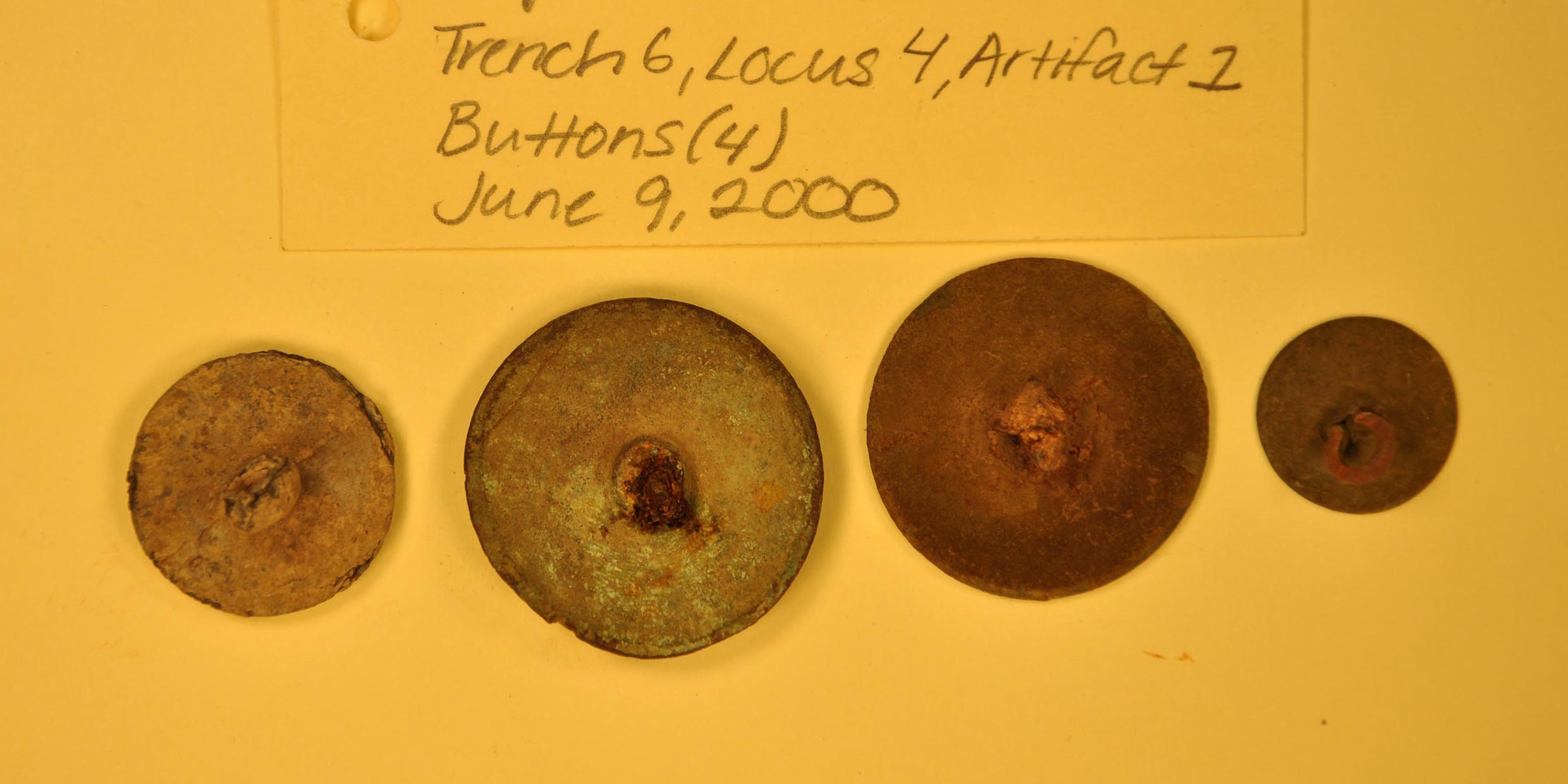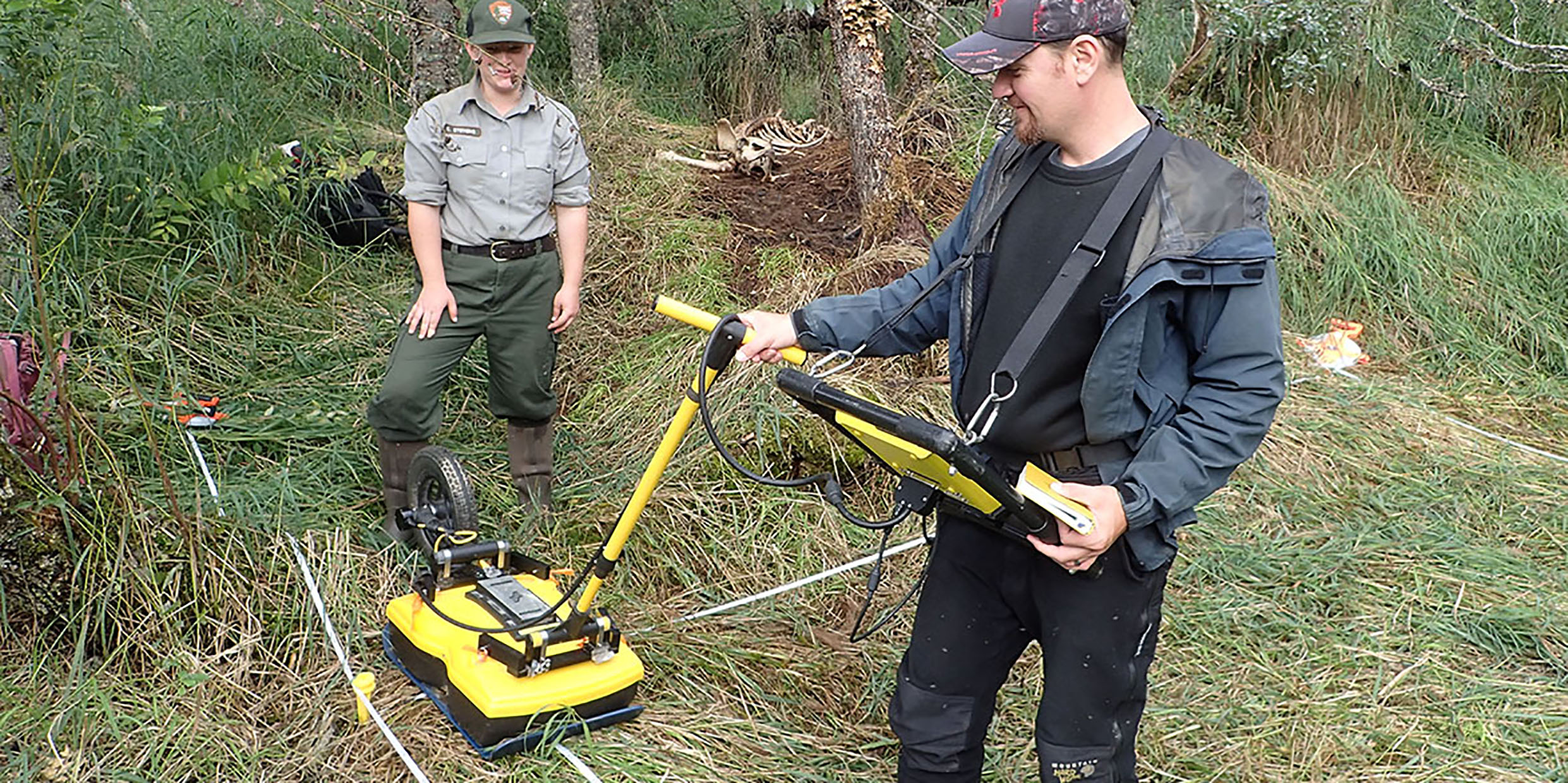Yesterday it was my pleasure (with the able assistance of local historian Ed Hands) to lead a group of fellow citizens from the Easton Historical Society deep into the woods of the Stonehill College campus, to a place where no trail goes — the late-18th-century foundation of the Daily homestead.
Archaeology
Conclusive science is the best kind
Fifteen thousand years ago, most of northern North America was covered with a continent-spanning glacier a half-mile or more thick. The ice reached south to the valleys of the present Ohio and Missouri rivers, and extended from coast to coast.
Science sealed their fate
Two cultural threads from the ancient world came together during the European Renaissance.
DNA magic may reveal some of the Iceman’s secrets
Mystery surrounds the well-preserved 4,000-year-old body of a man found recently in an Alpine glacier. Who was he? Why had he climbed so high above the valley floor? How did he die?
Ice Age Venus
From Austria comes word of one of the world’s earliest known sculptures, a female figurine, excavated from Ice Age sediments at Galgenberg, near Krems. This delightful artifact is about 3 inches tall and is carved from green serpentine stone. It has been dubbed the Dancing Venus of Galgenberg.
Buried in the bog
DINGLE, Ireland — They say it was one of the driest Irish summers in years, but on the Kerry hillside where I’ve been staying there’s water aplenty. It tumbles from the clouds. It hangs in the air. It seeps out of the ground. It glistens as dew. Around here it rains 250 days a year and the ground is never dry. Perfect conditions for a peat bog.
Picks to computers
If there was an award for the handsomest scientific periodical, it would surely go to the American Journal of Archaeology (AJA), a big, thick, white-covered quarterly, printed on glossy paper and full of crisp photographs and drawings. The century-old journal has a fusty dignity, like the venerable artifacts it describes.






